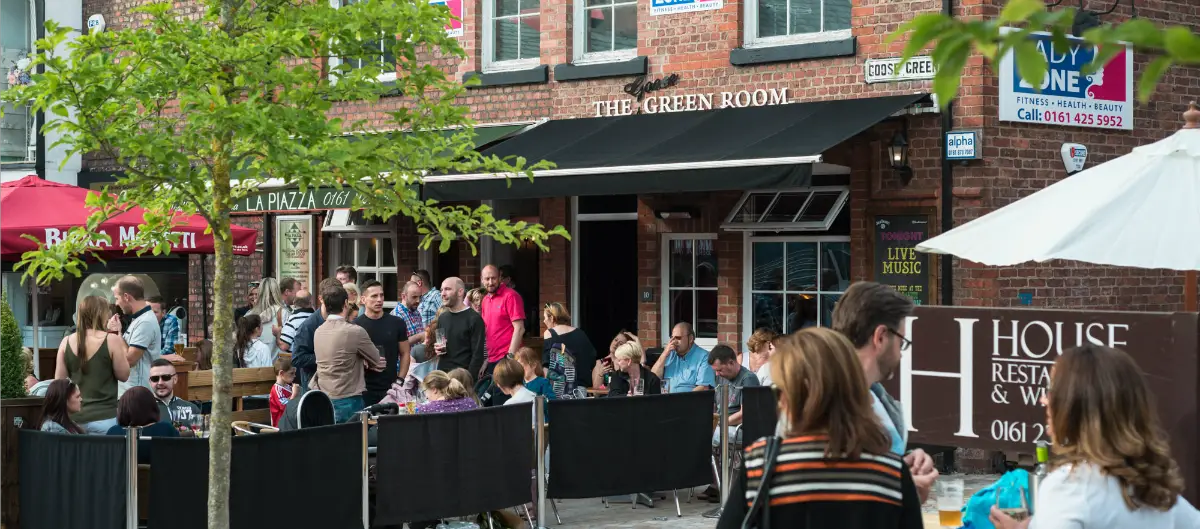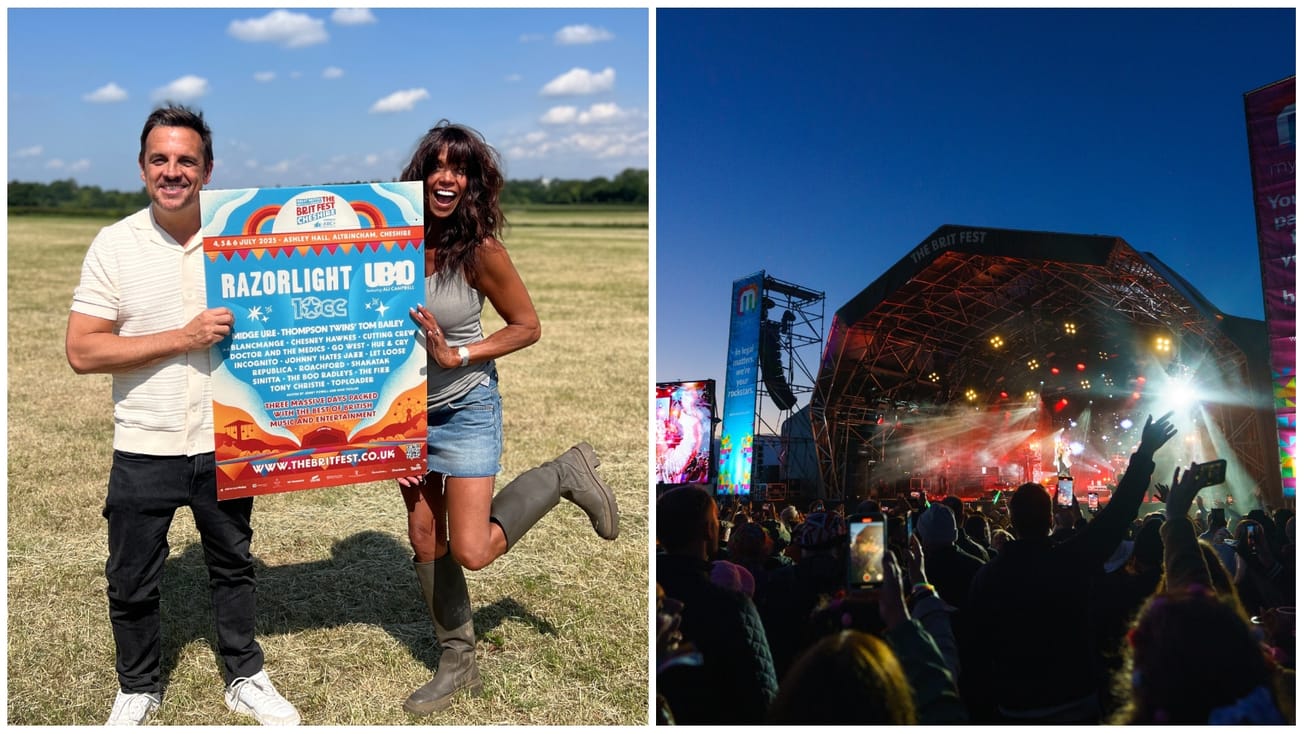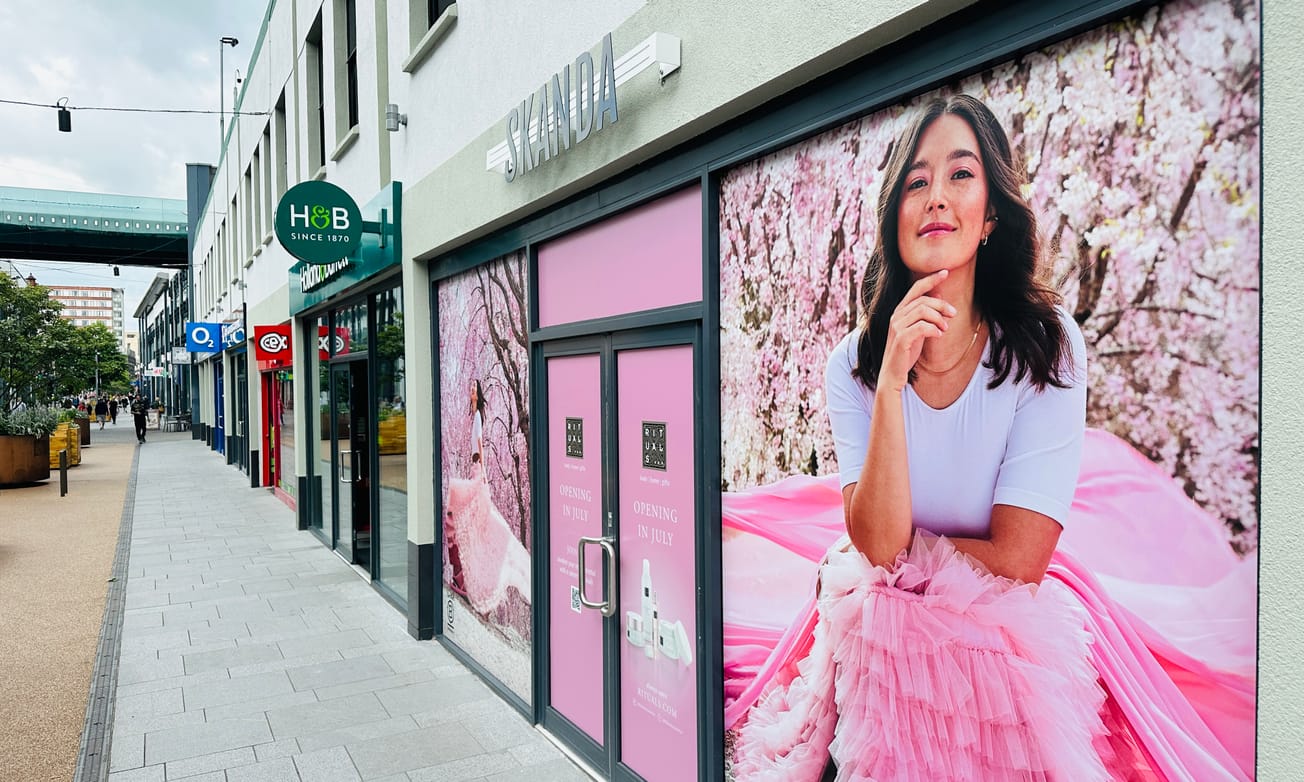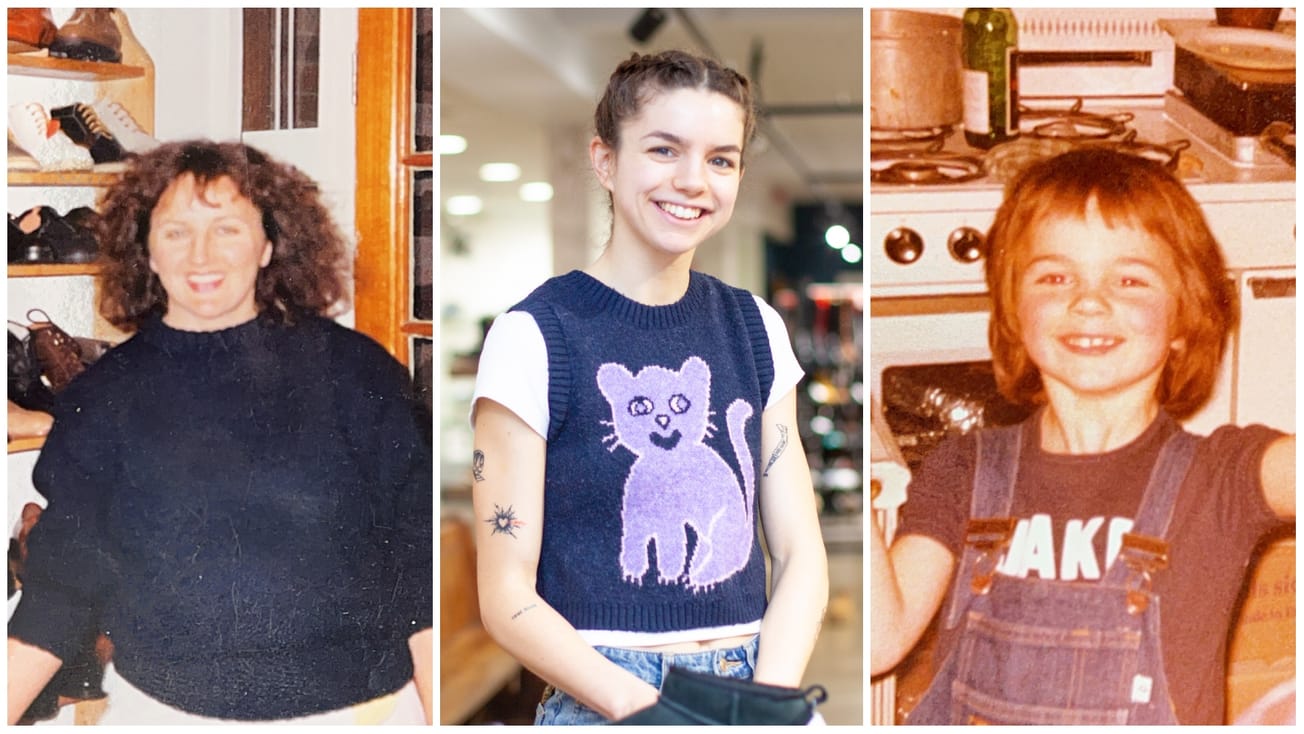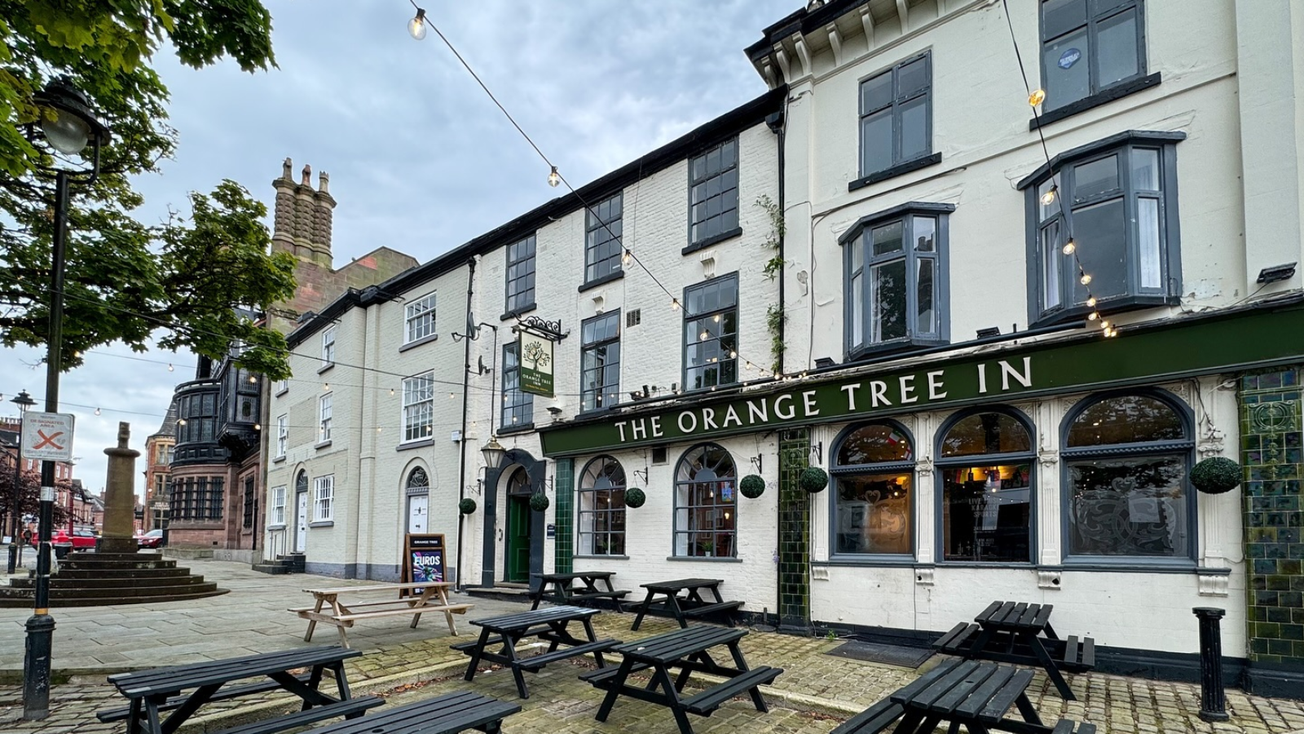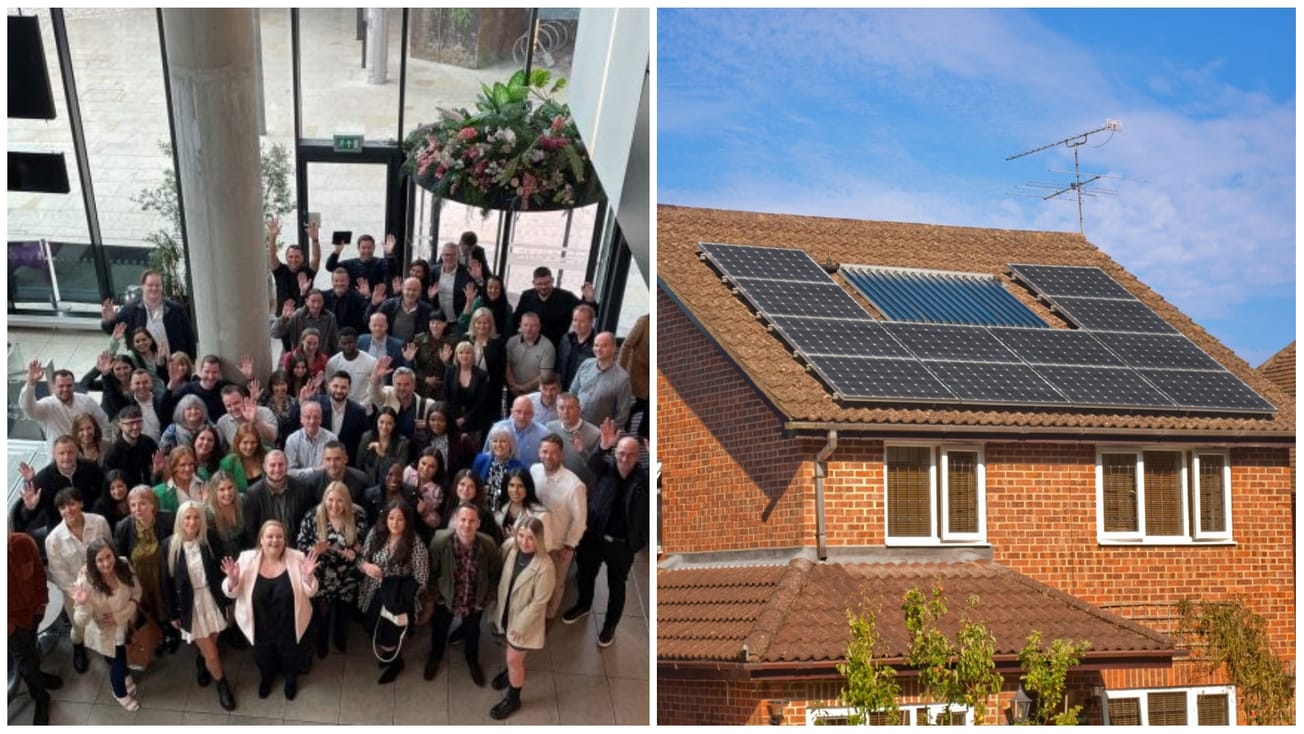Today it’s one of the most distinctive corners of Altrincham, an oasis of daytime calm away from the town centre hubbub and a bustling destination for drinkers and diners in the evening.
But it’s not that long since Goose Green was simply a collection of residential cottages for local workers, just as it was when first recorded on a map in the late 1700s.
It wasn’t until 1976, when a local estate agent introduced a young property developer to the idea of buying some of the houses bordering the historic square, that the Goose Green as we know it today began to take shape.
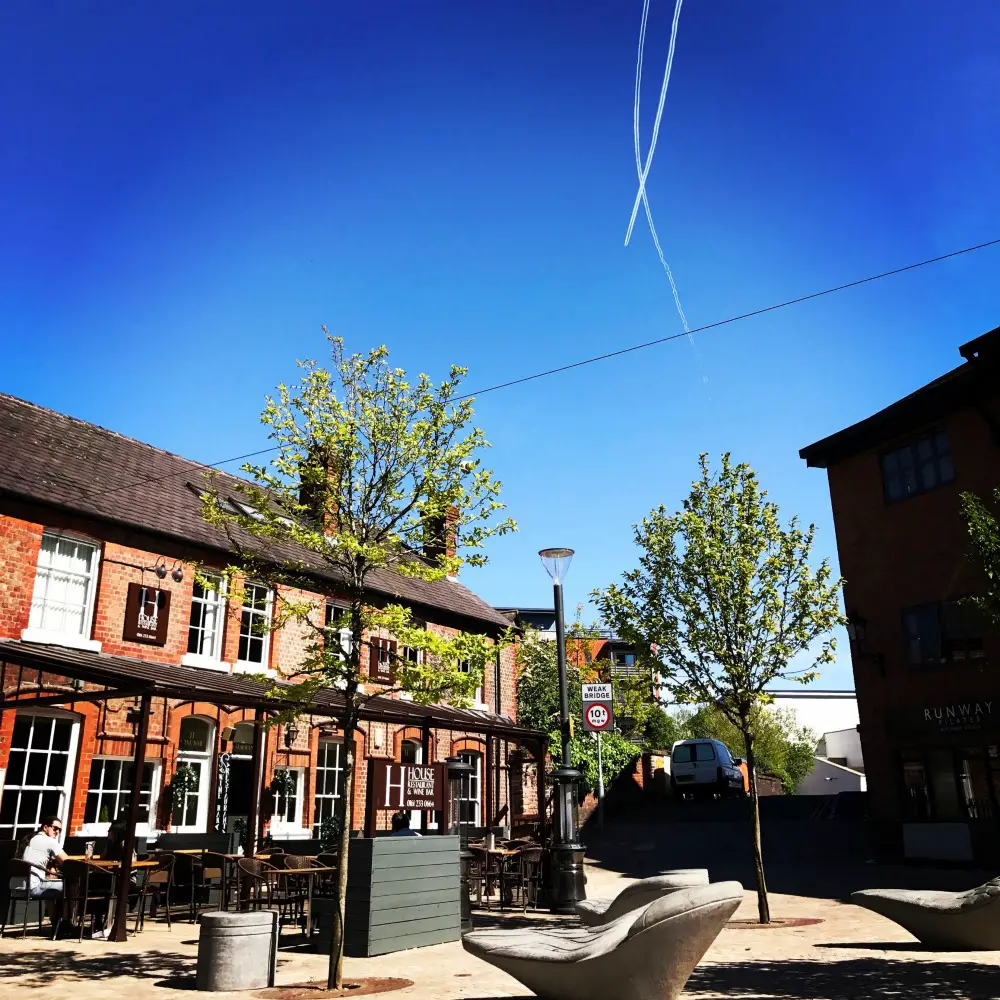
Over four decades on, we’ve spoken to Mark Rubin, the property developer who still owns Goose Green and takes a daily interest in the management of the various tenants there.
He’s provided a fascinating insight into a key moment in the transformation of Goose Green and its role in the birth of a modern Altrincham.
How did you come to own Goose Green?
Mark Rubin: Three cottages – from where Traders’ Tiki bar is now to the side entrance of the old Francs – came up for auction. Unbelievably they belonged to British American Tobacco, who had owned a grocery shop on Stamford New Road called Maypoles. They had thoughts of swinging the shop round to Goose Green, but they decided not to proceed, so those three cottages came up for auction.

What were the cottages like at the time?
At the time they were all residential cottages with closure orders, unfit for human habitation. Their rear yards housed the toilet, and there was no electricity.
How much did you pay for them?
A nominal, very small amount. The plan was to turn them into commercial, which was a huge job because we had to make sure they were safe for the public, we had to introduce electricity, and we had to make the first floor strong, using concrete and steel sheets. The work took up to two years. It was a risk. My father wasn’t terribly impressed with my idea – he was worried that it was too big a development for us – in fact without me knowing my father came down to speak to some of the families in Goose Green to ask them if they thought his son was taking on something too risky.
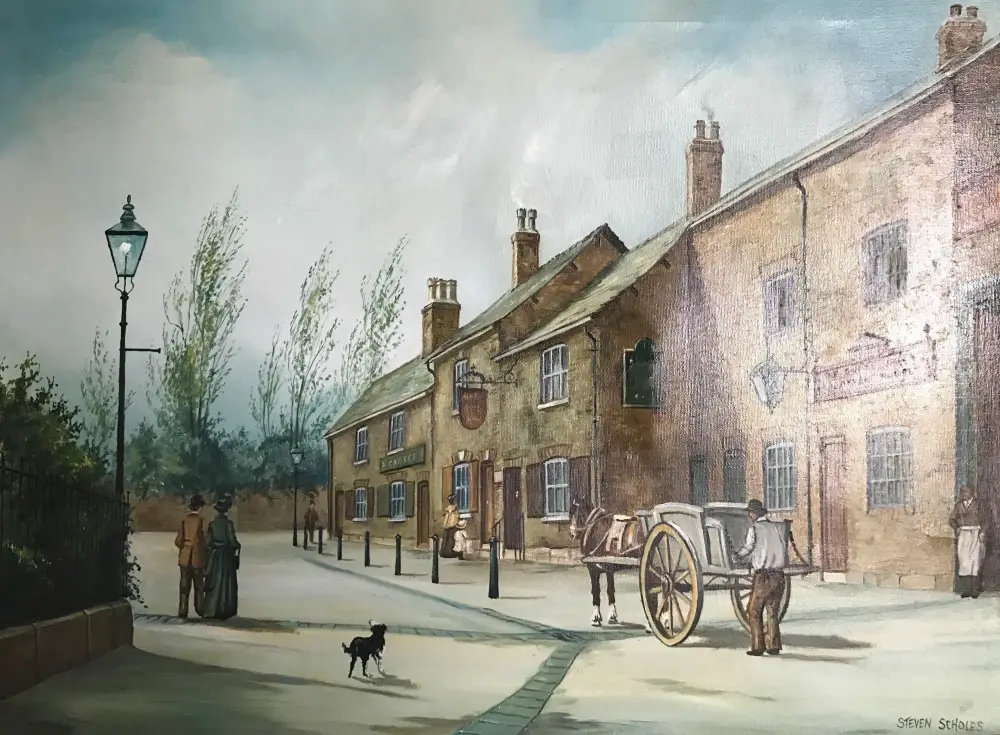
How did you come to acquire the buildings within Goose Green?
The other cottages (9 to 13, where the likes of The Green Room and House are now) were railway cottages and they all had families living in them. I went to one of the cottages and said ‘listen, I’m coming to you because I can’t deal with everyone’, but there are five cottages here, and I’m prepared to give each cottage £200,000.
My cousin John Rubin said he was prepared to call a meeting of all the other families and tell them this news. I went back a couple of weeks later and they had all agreed. Then we had to deal with five different firms of lawyers, get it all conveyed from them to us, and that was a huge undertaking in those days. That was about 1986. These were superior cottages – bigger, higher ceilings, much better. Everybody was very good, stuck with their £200,000. It was a lot of money in 1986. I had to make it a right figure, so it included a premium.
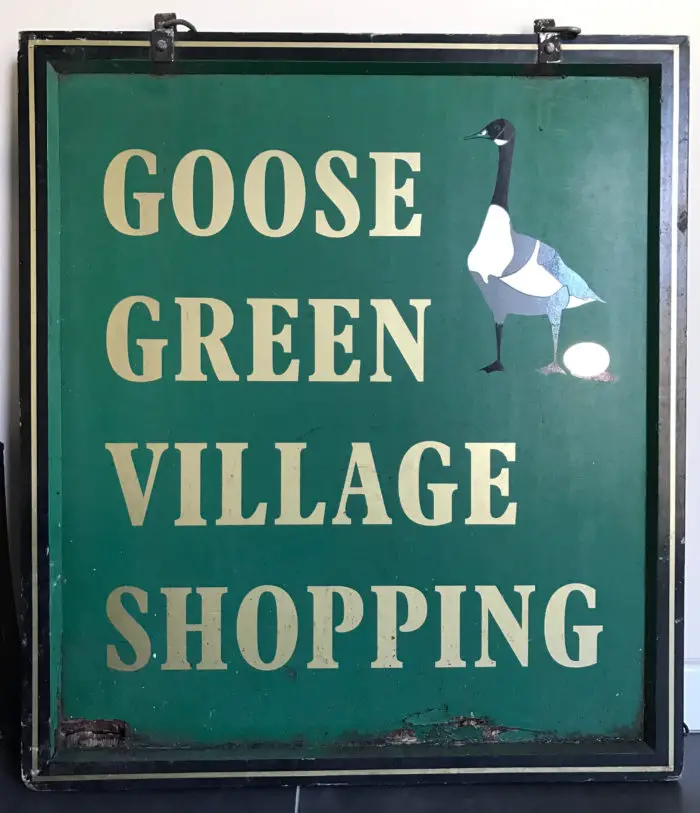
What was your vision for Goose Green?
To make it a commercial centre – I saw it as village shopping. The first business was a wine bar called Ganders – it was a great success.
It wasn’t very easy to get people to move in the late 80s – there was a very bad recession. But that’s life. By the early 90s we started picking up interesting tenants. One of the clauses I insisted upon was that nobody else should carry out the same trade as a tenant already there, so if someone wanted to run it as a pet shop, he was the only one to run as a pet shop.
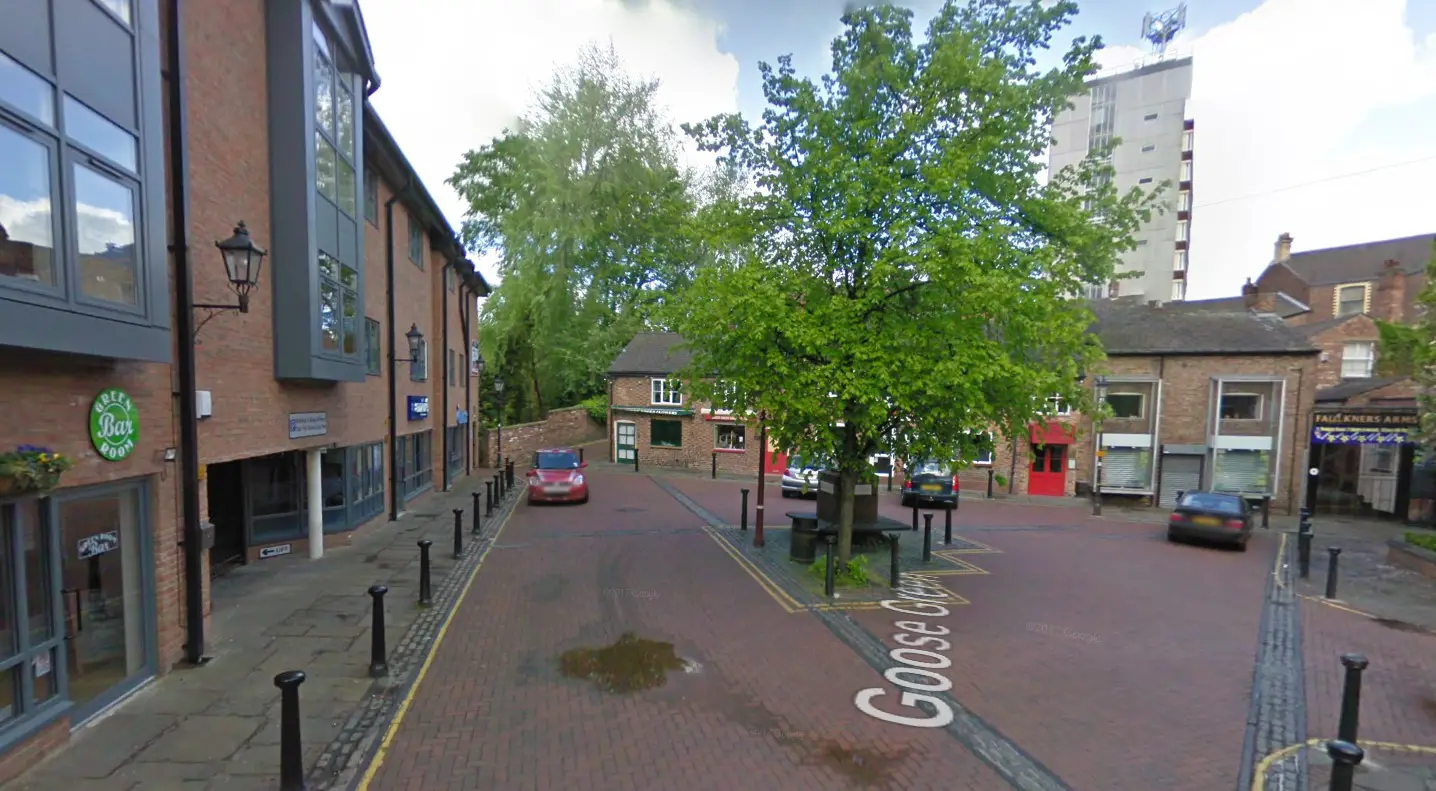
When was Goose Green’s heyday – or is it now?
Now – it gets better and better. The interest is stronger than it’s ever been. Especially after Trafford’s £1.5m investment a couple of years ago, it looks fantastic – the geese sculpture, which I got from a gallery in London, the trees, the lights.
I’ve got no plans to retire. One of the things I enjoy doing is calling on the tenants, nursing them. It all seems to work very well.

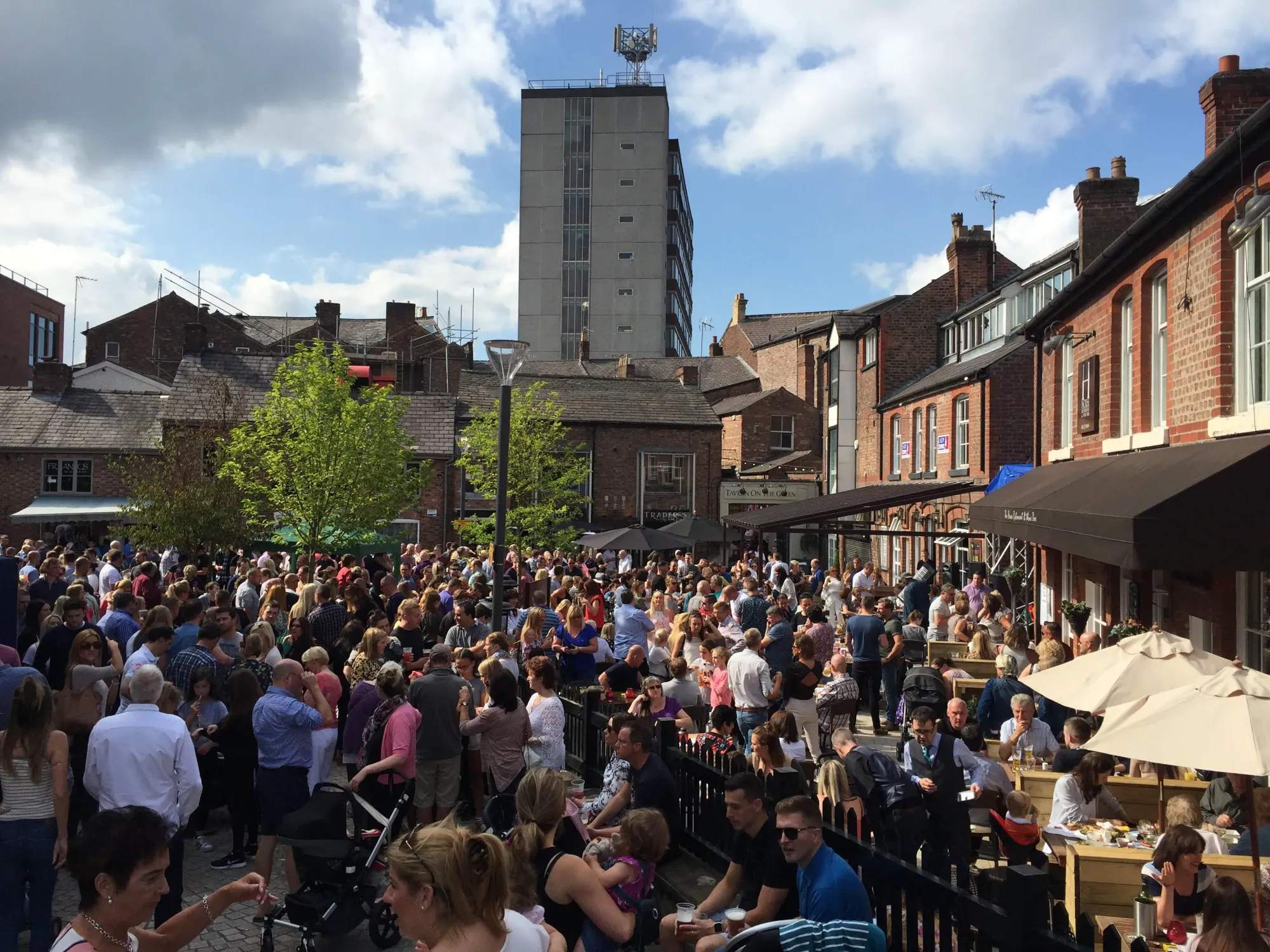
Goose Green certainly is getting better and better. The hugely popular summer festival returns over the weekend of Saturday 26th and Sunday 27th August, and in the meantime there are a host of fantastic local businesses to support and enjoy:
- House Restaurant
- House Bar
- The Green Room
- Traders Tiki Bar
- Costello’s
- Cafe Cleo
- House of Finesse Hair Salon
- Bloomsbury Wedding Cakes
- Cheshire Bridal Wear
- Hidden Hearing
- Runway Pilates
